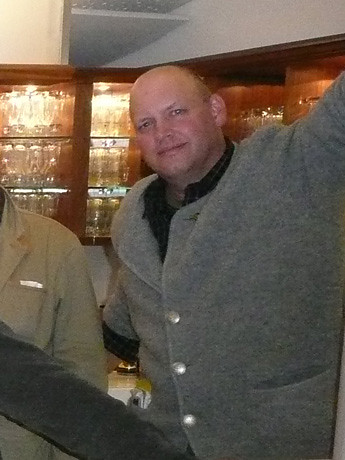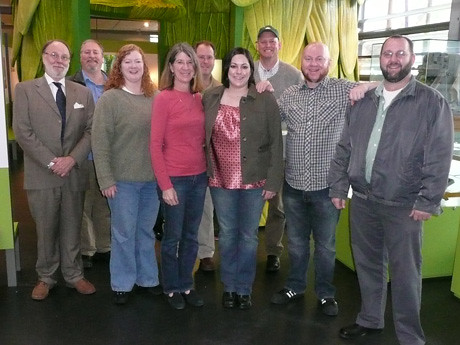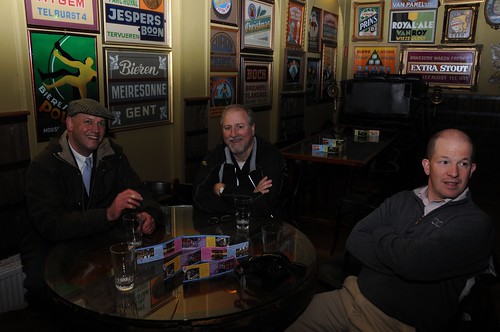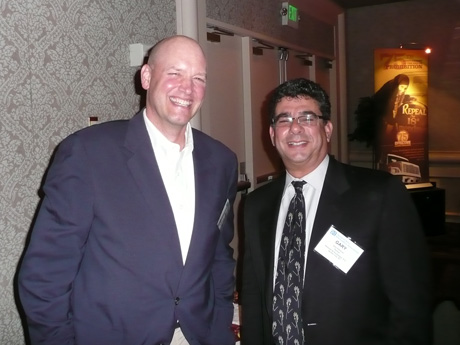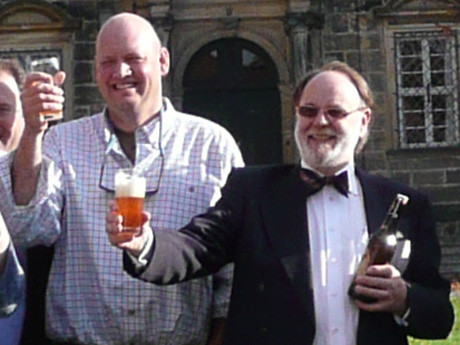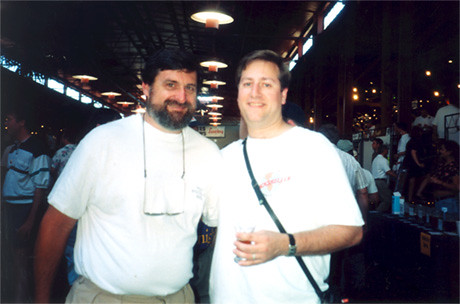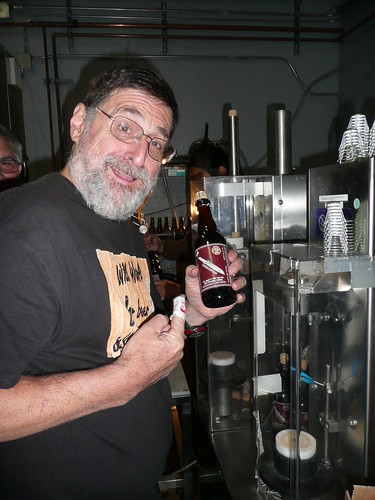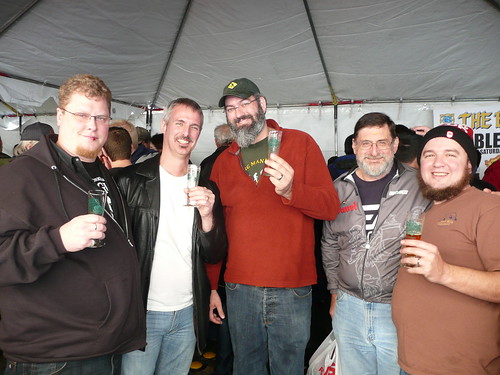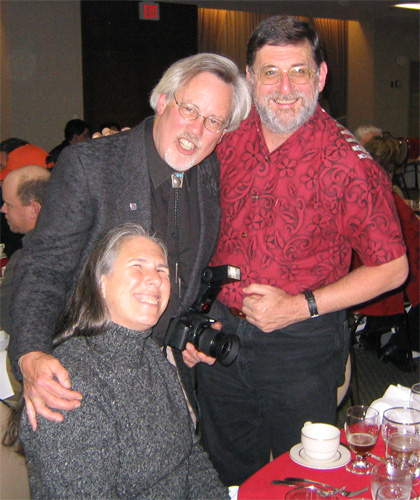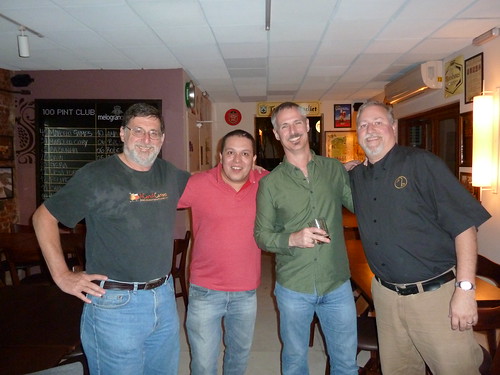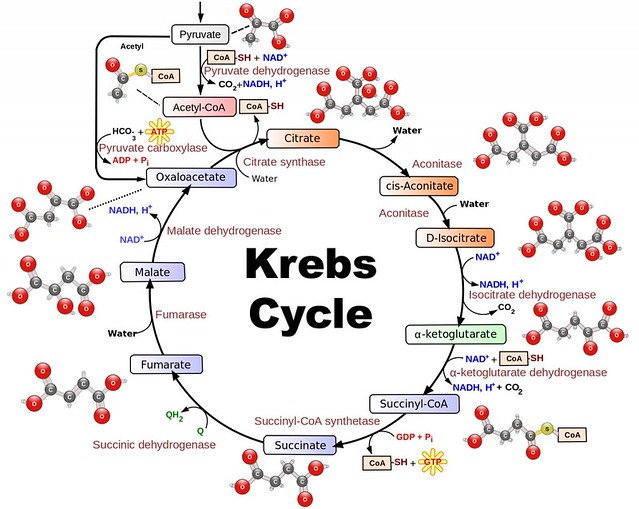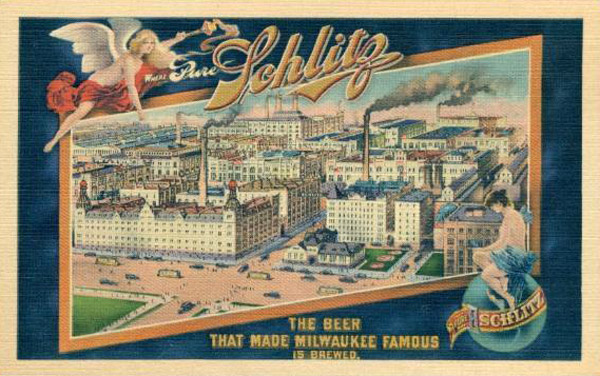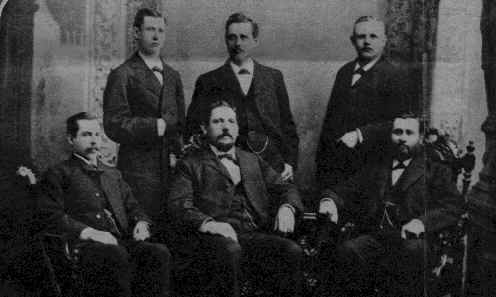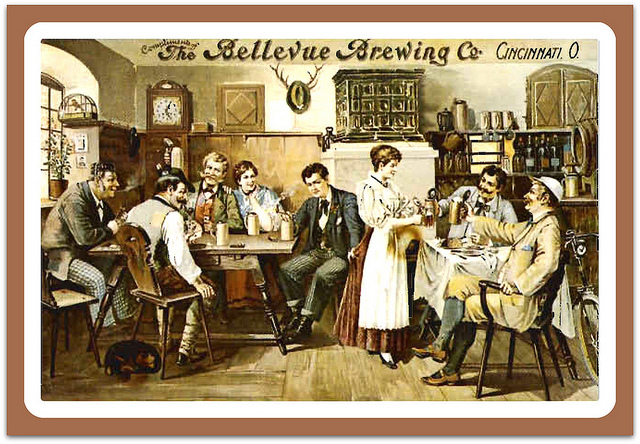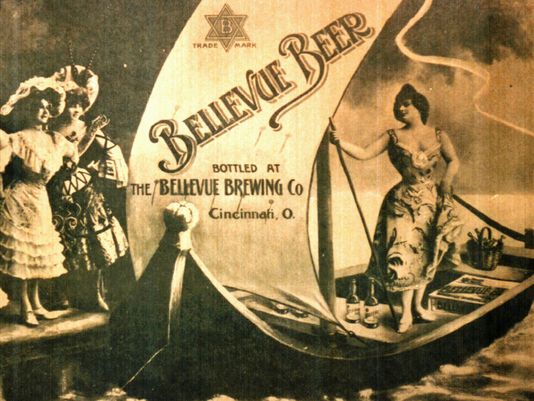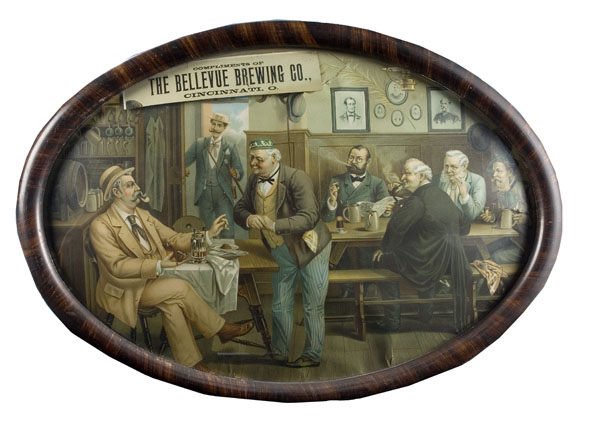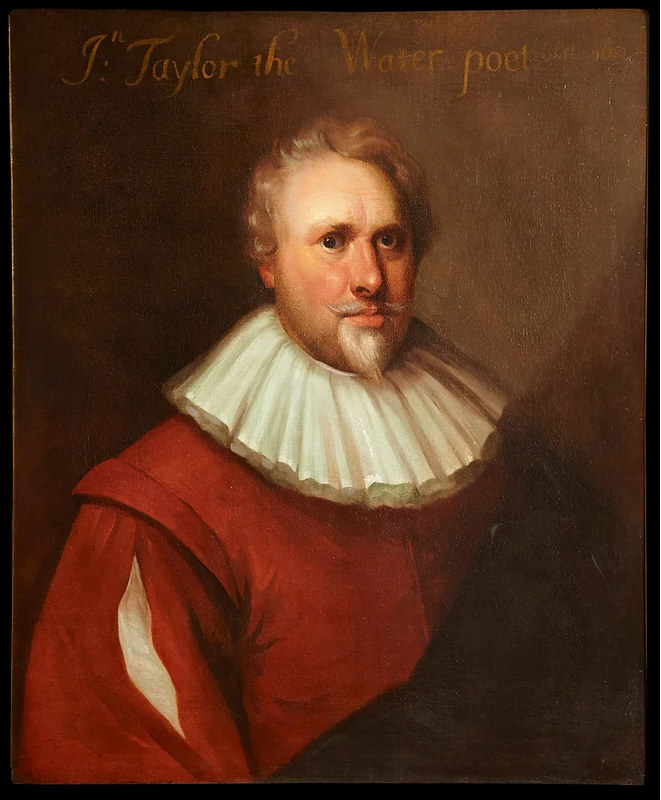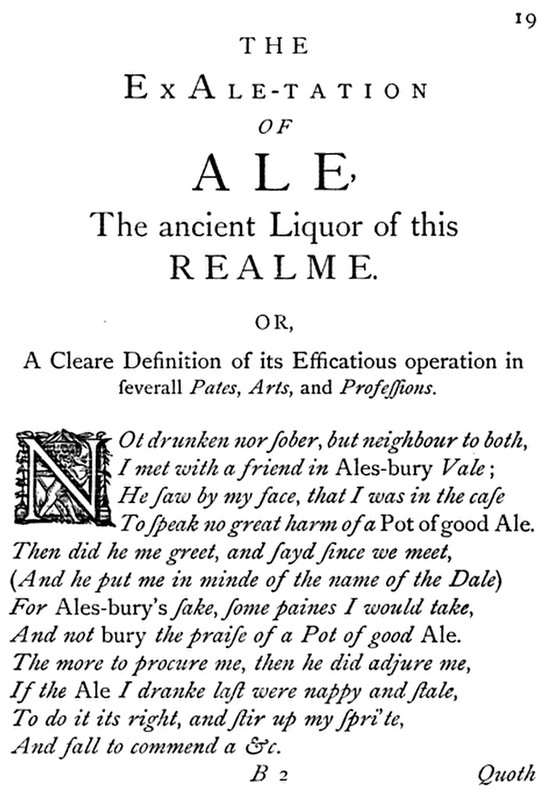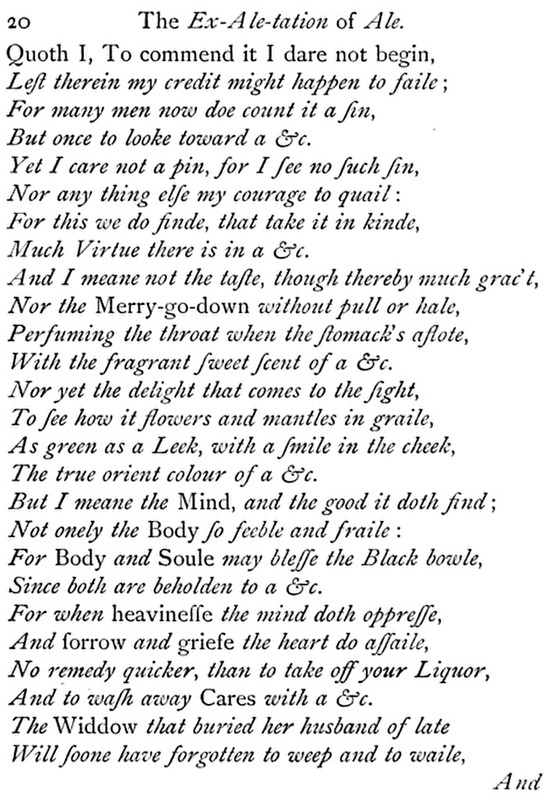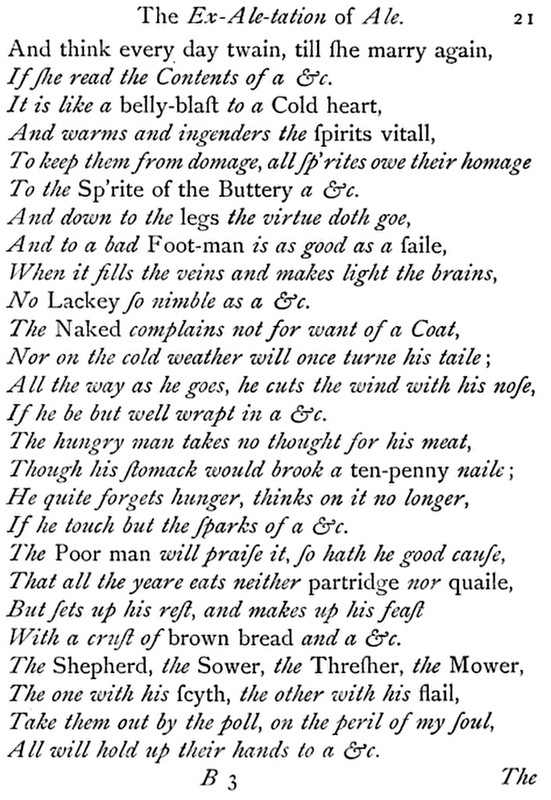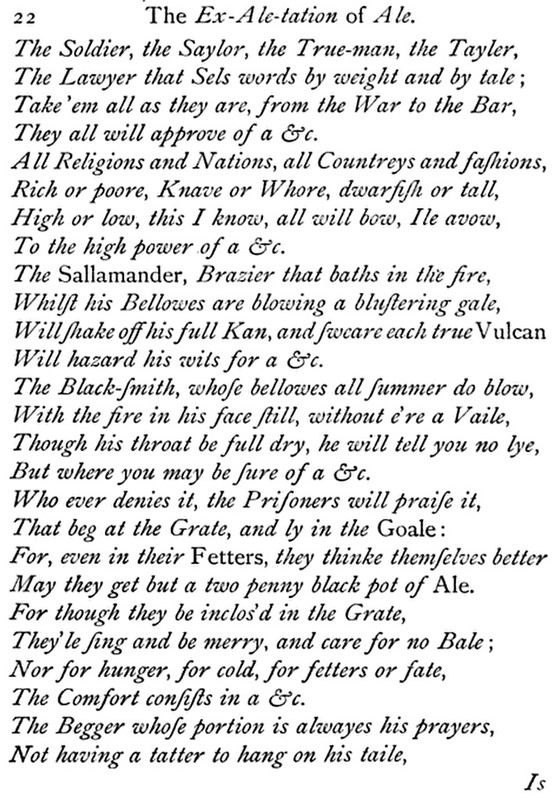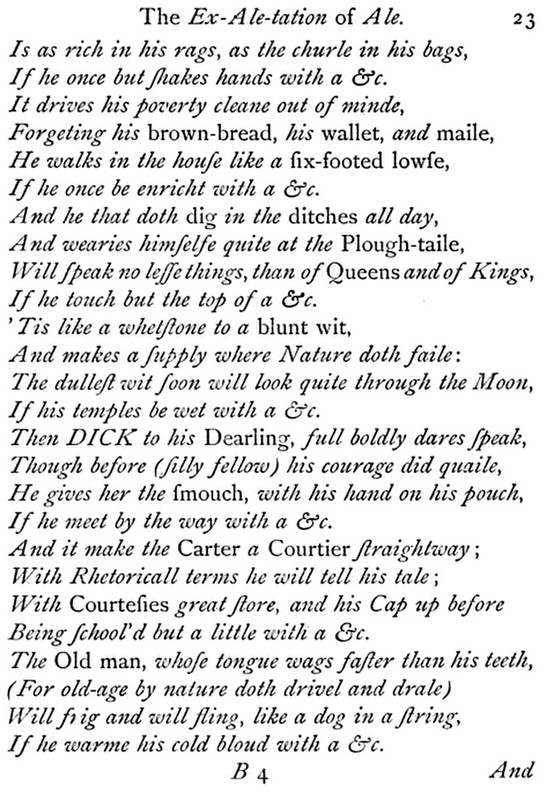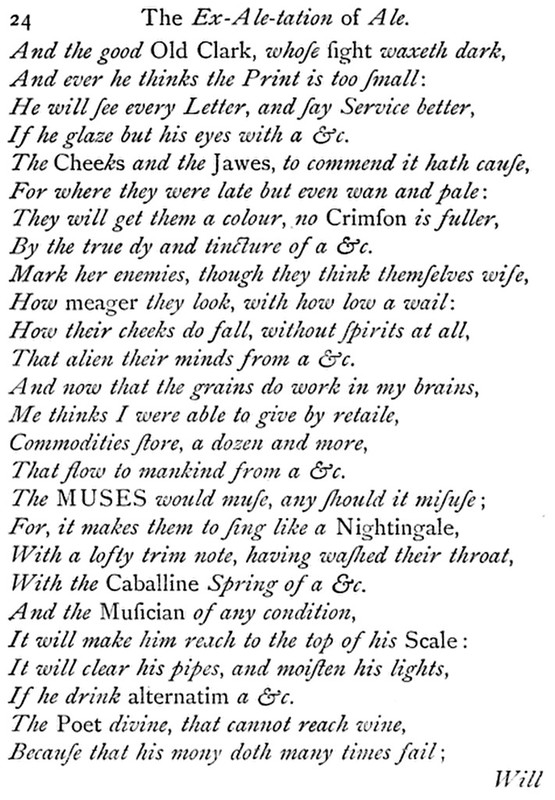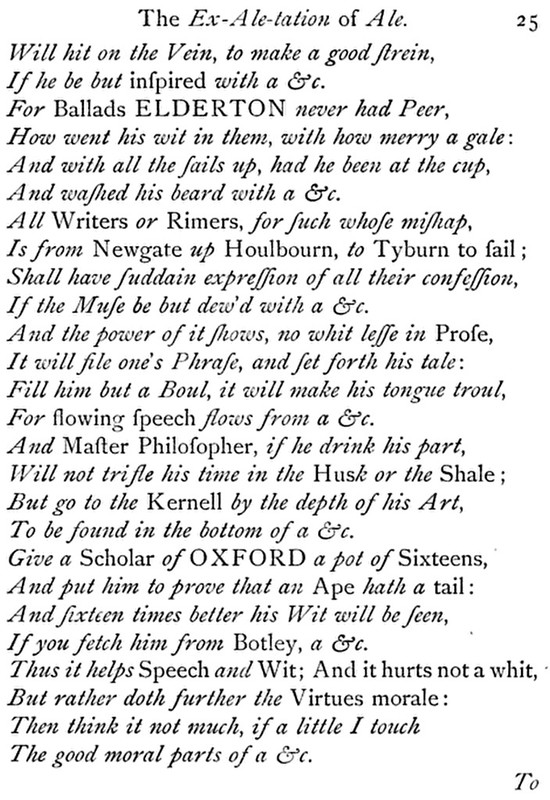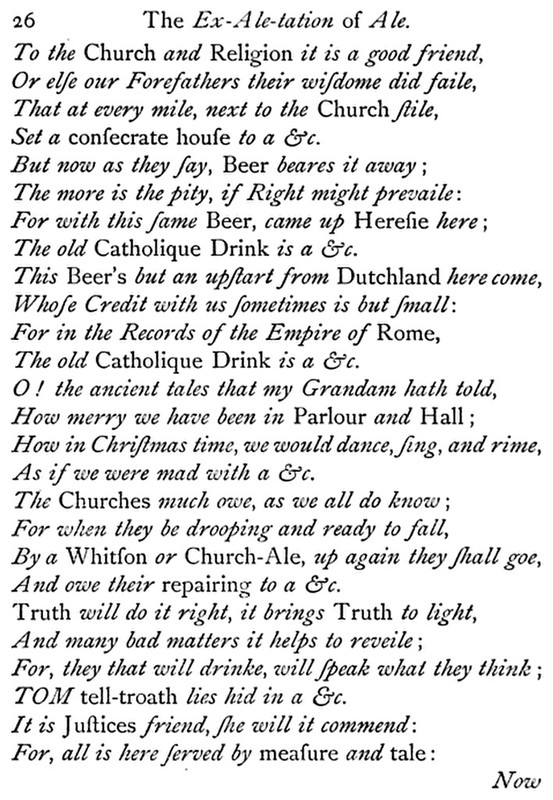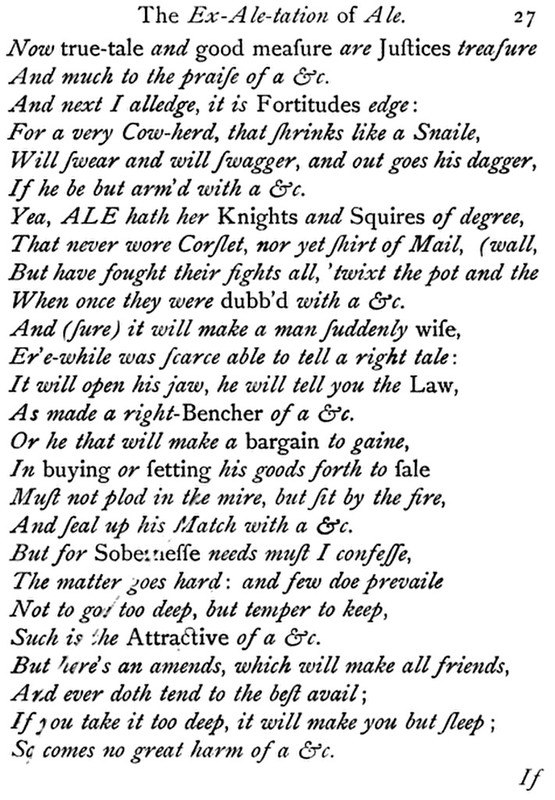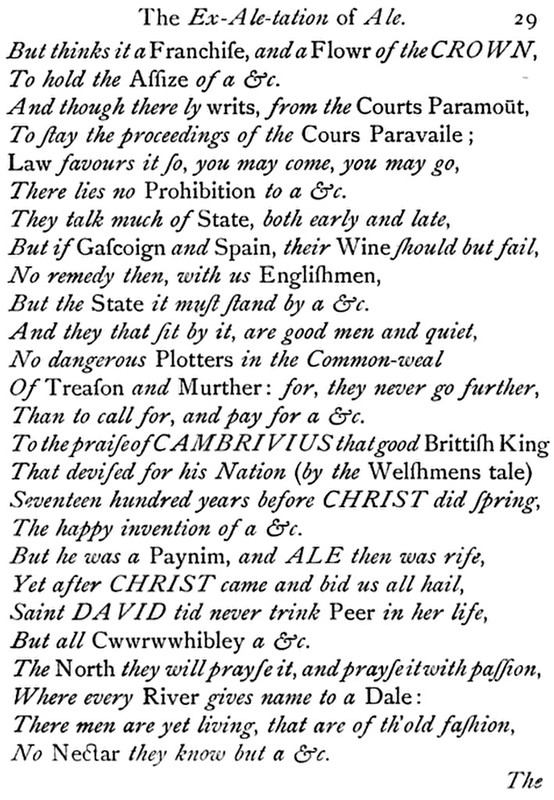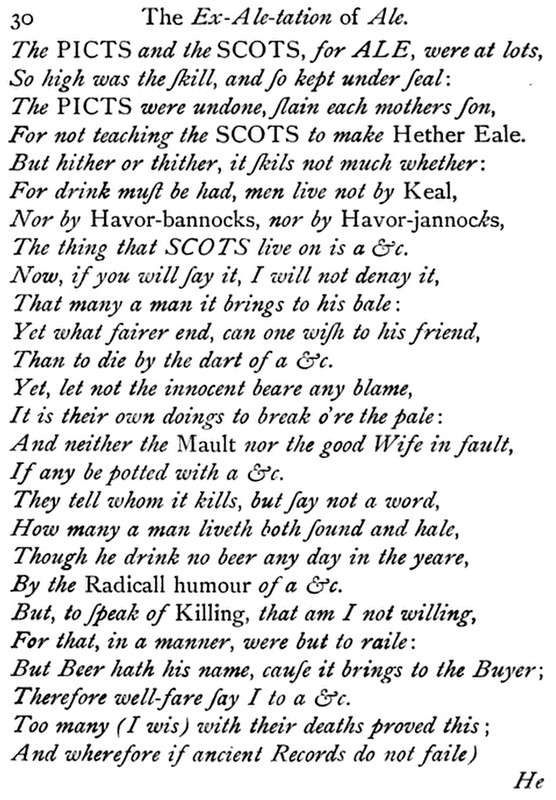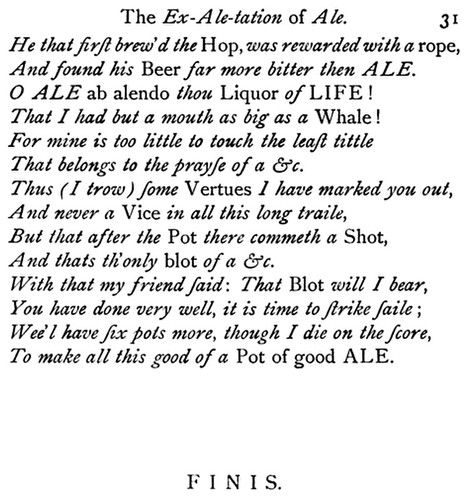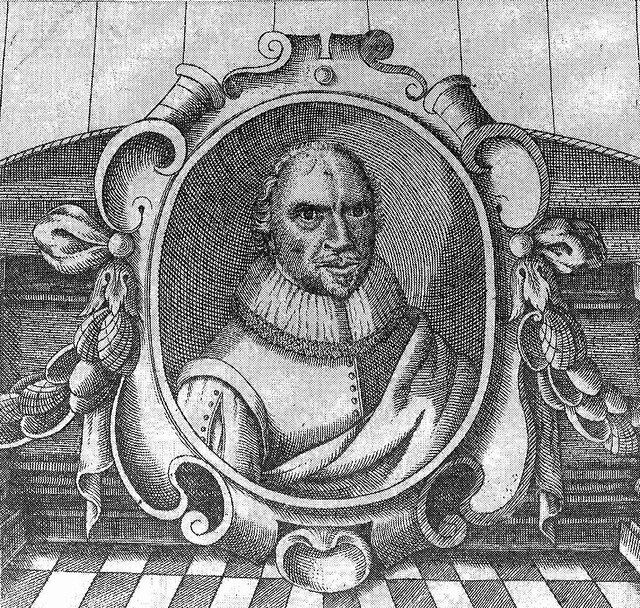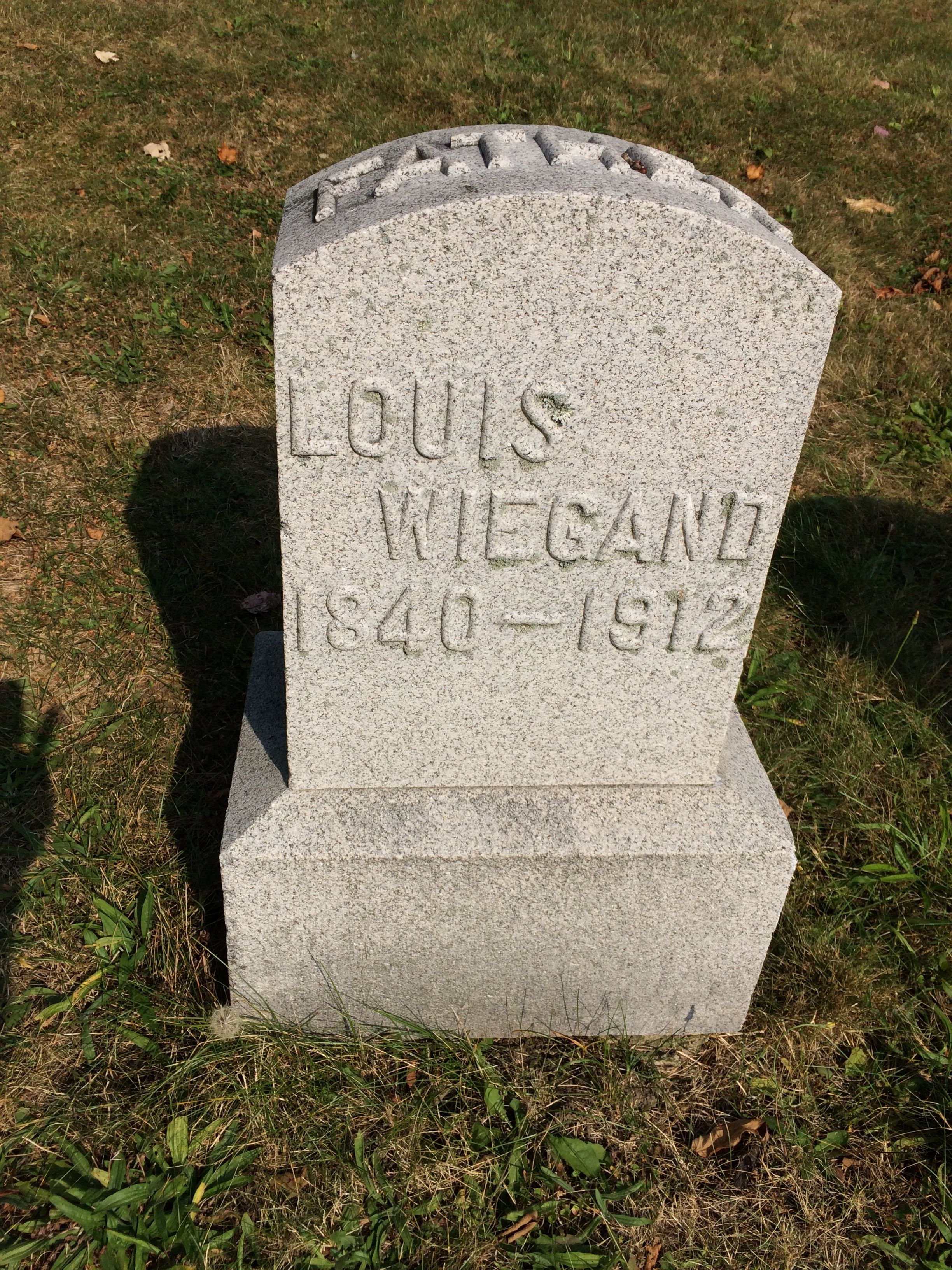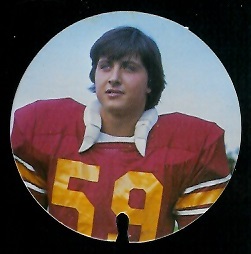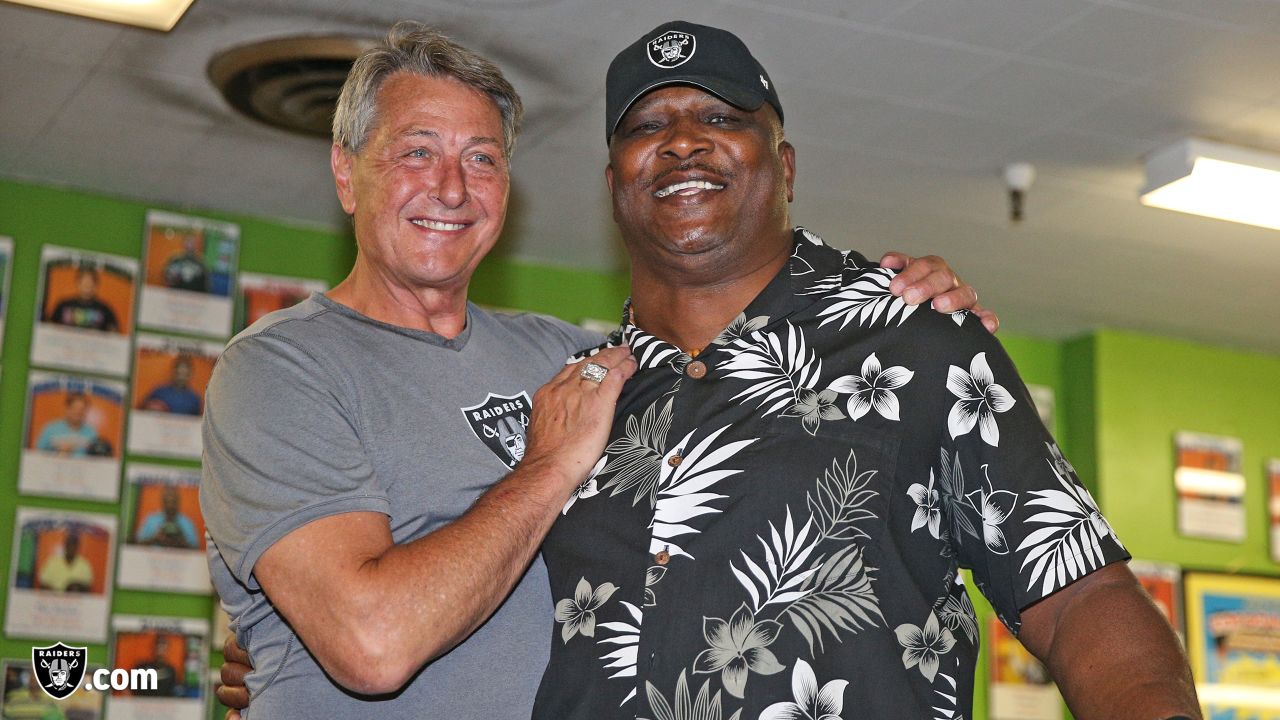
Today is Fred Bowman’s 79th birthday. Fred co-founded the Portland Brewing Co., which was bought several years ago by Pyramid Breweries, which in turn was bought by Magic Hat and then again by North American Breweries. Fred continues to be very active in the craft beer community, and has been supportive of the movement since the beginning. A couple of years ago, he dropped by and stayed with us during his drive ’round the country in a van, visiting old friends and family. Join me in wishing Fred a happy birthday.
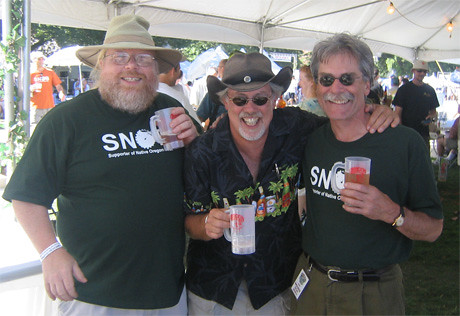
By the Celebrator booth at OBF, from left, John Harris (former head brewer at Full Sail Brewing), Tom Dalldorf, and Fred.
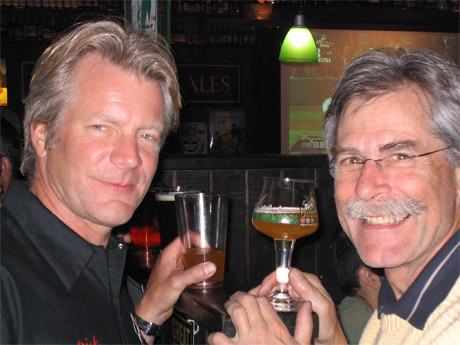
Dick Cantwell, co-owner of Elysian Brewing Co. in Seattle, with Fred at an after party at the Falling Rock during GABF.
 With Lisa Morrison a couple of years ago in Portland for FredFest.
With Lisa Morrison a couple of years ago in Portland for FredFest.

Frank Commanday, Art Larrance, Fred, and Bert Grant after brewing Portland Brewing’s 1st batch in January 1986.

Fred at the brewery during a party in 1986.

